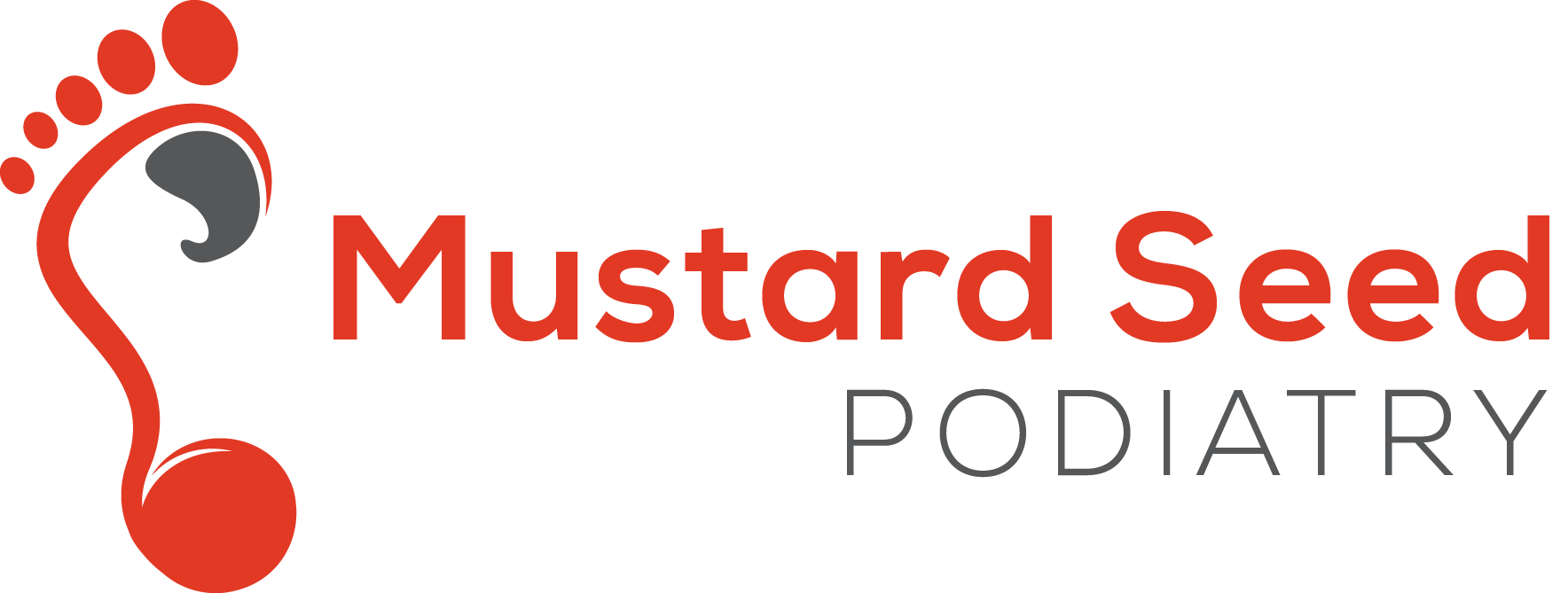Growing pains & what to do about them
Between the age of 8 and 14, when growth spurts are most common, young and active children are more prone to develop pain in the feet and legs.
“Growing pains are common, but not normal.”
What are growing pains?
“Growing pains” is a broad term that are commonly used to label or explain musculoskeletal pain without a known cause in children.
Growing pains typically manifest when kids go through a growth spurt, where the bone grows and the growth plate is more vulnerable to injury.
Which body parts are commonly affected?
Common presentations in the lower limb are the heels, legs, knees and hips. For example, sever’s disease, which causes heel pain is extremely common.
Who are more at risk?
Children with ligament laxity (loose ligaments), severe pronation (rolling in of the ankle) and instability in the feet are at a higher risk of developing pain. If they are very active, that tends to make the risk even higher.

Photo courtesy of Healthwise, Incorporated.
How should we treat growing pains?
We will first look at the footwear to make sure they are strong and supportive enough (click HERE to read our blog post on school shoe shopping). Then, we will fit them with orthotics to help control the amount of pronation and improve the function of their feet. We may also teach your child exercises that would be beneficial for their condition.
How long will it take for the pain to go away?
The great thing about kids is that their body recovers really quickly. Sometimes the pain can be completely resolved within a week of wearing the orthotics and supportive shoes. Growing pains also tend to be a self-limiting condition. Treatment focuses on providing symptomatic relief and allowing continuity of the child’s current lifestyle as much as possible.
